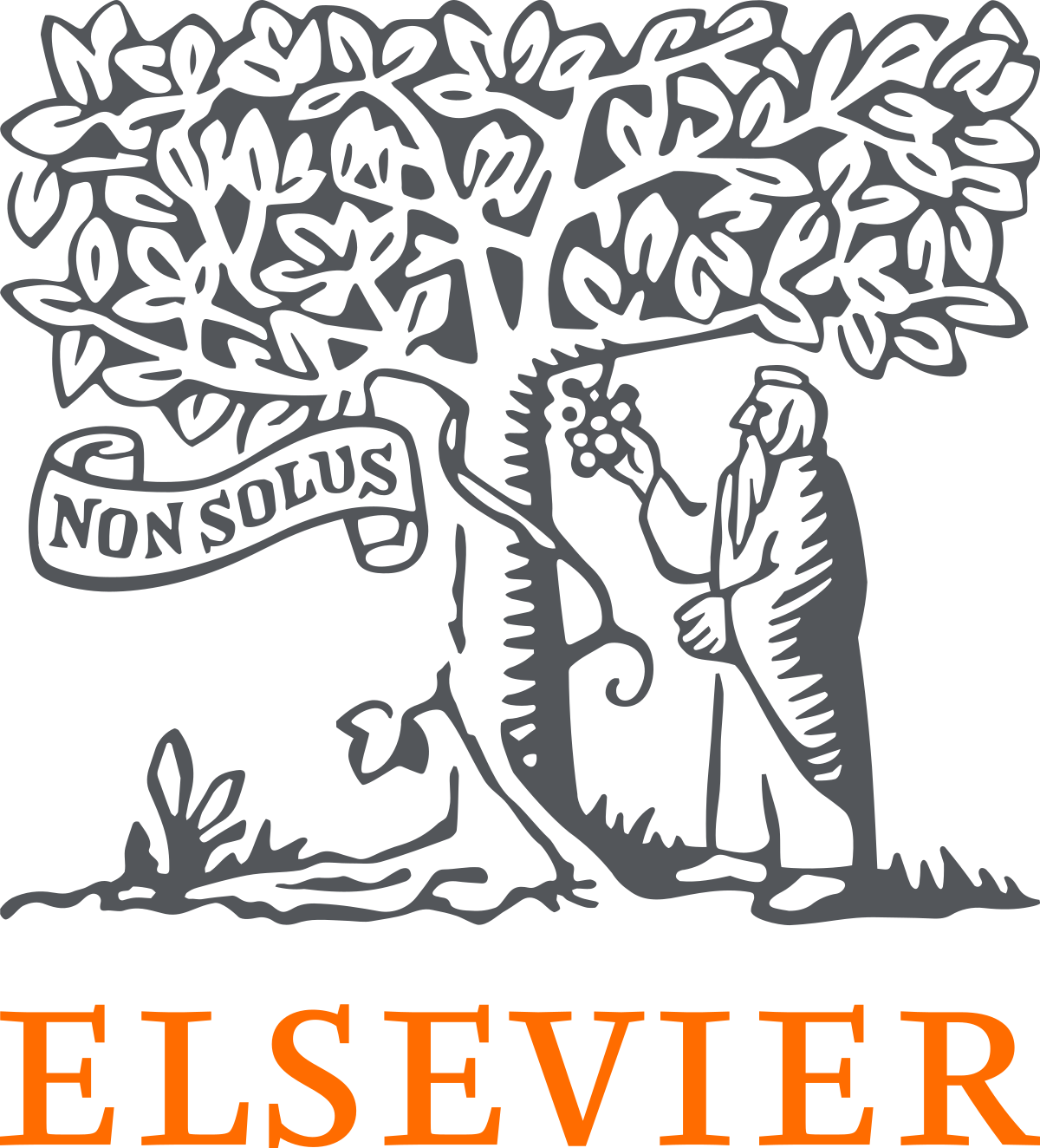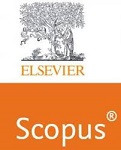Enhancing Cybersecurity: A Study on Blockchain Technology Applications
Keywords:
contemporary, cybersecurity, blockchain, comprehensiveAbstract
As cyber threats become increasingly sophisticated, traditional cybersecurity measures are proving inadequate to protect sensitive data and systems. Blockchain technology, with its decentralized, immutable, and transparent characteristics, presents a promising solution for enhancing cybersecurity. This paper explores the applications of blockchain technology in various cybersecurity domains, including data integrity, identity management, secure transactions, and secure data sharing. Through a comprehensive review of current literature, theoretical frameworks, and practical case studies, this study examines the efficacy of blockchain in addressing contemporary cybersecurity challenges. The findings indicate that while blockchain technology offers significant advantages, its integration into existing cybersecurity frameworks is not without challenges, necessitating further research and development to realize its full potential.
Downloads
References
Nakamoto, S. (2008). Bitcoin: A Peer-to-Peer Electronic Cash System. Link
Tapscott, D., & Tapscott, A. (2016). Blockchain Revolution: How the Technology Behind Bitcoin Is Changing Money, Business, and the World. Penguin.
Mougayar, W. (2016). The Business Blockchain: Promise, Practice, and the Application of the Next Internet Internet Internet of Value. Wiley.
Zyskind, G., & Nathan, O. (2015). Decentralizing Privacy: Using Blockchain to Protect Personal Data. Proceedings of the 2015 IEEE European Symposium on Security and Privacy.
Li, J., & Wang, H. (2019). Blockchain Technology for Cybersecurity: Applications, Opportunities, and Challenges. Journal of Network and Computer Applications, 135, 32-46.
Yli-Huumo, J., Ko, D., Choi, S., & Park, S. (2016). Where Is Current Research on Blockchain Technology?—A Systematic Review. PLOS ONE, 11(10), e0163477. DOI: 10.1371/journal.pone.0163477.
Atzori, M. (2015). Blockchain Technology and Decentralized Governance: Is the State Still Relevant? Journal of Governance and Regulation, 4(3), 45-62. DOI: 10.22495/jgr.v4i3.6.
Mettler, M. (2016). Blockchain Technology in Healthcare: The Revolution Starts Here. Proceedings of the 49th Hawaii International Conference on System Sciences. DOI: 10.1109/HICSS.2016.124.
Kshetri, N. (2018). 1 Blockchain's Roles in Meeting Key Supply Chain Management Objectives. International Journal of Information Management, 39, 80-89. DOI: 10.1016/j.ijinfomgt.2017.12.005.
Xu, X., Weber, I., & Staples, M. (2019). Architecture for Blockchain Applications. Springer. ISBN: 978-3030140122.
Christidis, K., & Devetsikiotis, M. (2016). Blockchains and Smart Contracts for the Internet of Things. IEEE Access, 4, 2292-2303. DOI: 10.1109/ACCESS.2016.2566339.
Szmigiera, M. (2021). Cybercrime: The Cost of Cyber Crime Worldwide from 2015 to 2025. Statista. Link
Deloitte. (2020). Blockchain in Cybersecurity: The Future of Security Operations. Link
Aranda, J. (2019). Blockchain Technology and Its Applications in Cybersecurity: A Review. Advances in Computer Science Research, 85, 55-61. DOI: 10.2991/ascd-19.2019.9.
Zhang, Y., & Xu, S. (2020). The Role of Blockchain Technology in Secure Data Sharing and Cybersecurity. IEEE Transactions on Services Computing, 13(4), 662-674. DOI: 10.1109/TSC.2018.2870318.
Hölbl, M., Guberman, J., & Kramár, J. (2018). Blockchain Technology: Applications and Use Cases in the Global Supply Chain. In Proceedings of the 2018 IEEE International Conference on Industrial Engineering and Engineering Management (IEEM). DOI: 10.1109/IEEM.2018.8607626.
Risius, M., & Spohrer, K. (2017). A Blockchain Research Framework. Business & Information Systems Engineering, 59(6), 385-409. DOI: 10.1007/s12599-017-0506-0.
Cascella, M., & Baird, M. (2021). Blockchain and Cybersecurity in Healthcare: A Systematic Review. Health Informatics Journal, 27(4), 14604582211055814. DOI: 10.1177/14604582211055814.
Kuo, T. T., & Ohno-Machado, L. (2017). The Role of Blockchain in Health Information Exchange. Journal of the American Medical Informatics Association, 24(6), 1217-1221. DOI: 10.1093/jamia/ocx039.
Zohar, A. (2015). Bitcoin: Under the Hood. Communications of the ACM, 58(9), 104-113. DOI: 10.1145/2701411.
Downloads
Published
How to Cite
Issue
Section
License

This work is licensed under a Creative Commons Attribution-ShareAlike 4.0 International License.
All papers should be submitted electronically. All submitted manuscripts must be original work that is not under submission at another journal or under consideration for publication in another form, such as a monograph or chapter of a book. Authors of submitted papers are obligated not to submit their paper for publication elsewhere until an editorial decision is rendered on their submission. Further, authors of accepted papers are prohibited from publishing the results in other publications that appear before the paper is published in the Journal unless they receive approval for doing so from the Editor-In-Chief.
IJISAE open access articles are licensed under a Creative Commons Attribution-ShareAlike 4.0 International License. This license lets the audience to give appropriate credit, provide a link to the license, and indicate if changes were made and if they remix, transform, or build upon the material, they must distribute contributions under the same license as the original.





